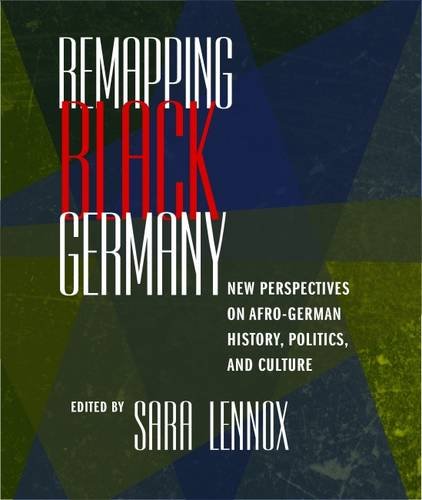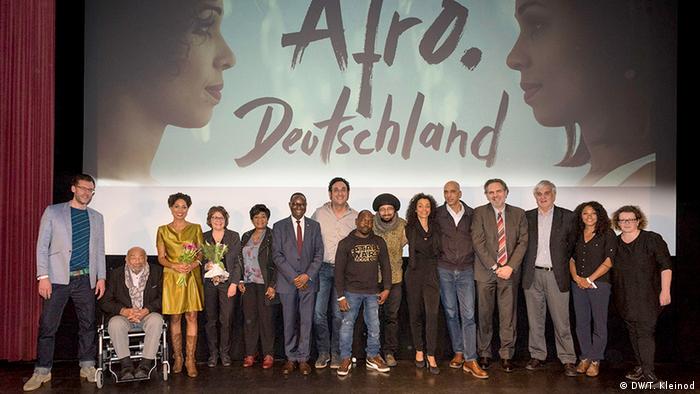The Fate of Afro Germans under NazisPosted in Articles, Europe, History, Media Archive on 2017-07-21 20:30Z by Steven |
The Fate of Afro Germans under Nazis
CNN (Cable News Network)
2017-07-21
 Caption: Two survivors prepare food outside the barracks. The man on the right is thought to be Jean (Johnny) Voste, born in Belgian Congo — the only black prisoner in Dachau. Photo Credit: United States Holocaust Memorial Museum, courtesy of Frank Manucci Date: May 1945 |
A new film aims to highlight a Nazi “secret” mission to sterilize hundreds of Afro German children.
(CNN)In 1937, mixed race children living in the Rhineland were tracked down by the Gestapo and sterilized on “secret order.” Some were later the subject of medical experiments, while others vanished.
“There were known to be around 800 Rhineland children at the time,” says historian Eve Rosenhaft, professor of German Historical Studies, at the University of Liverpool.
It was a little known part of Holocaust history until Mo Abudu, chief executive of Nigerian media network EbonyLife TV, read an online article by Rosenhaft on the plight of these children.
“When I read about it [the article] I just thought we need to put this to screen,” says Abudu. “There are many children in that era born of African and German parentage and I felt what happened to those people. Their stories are totally untold.”
EbonyLife TV intends to tell their stories through a film called “Ava and Duante.” The film is set in an undisclosed location in Europe and will focus on the plight of Afro Germans who suffered persecution under Hitler…
Read the entire article here.









